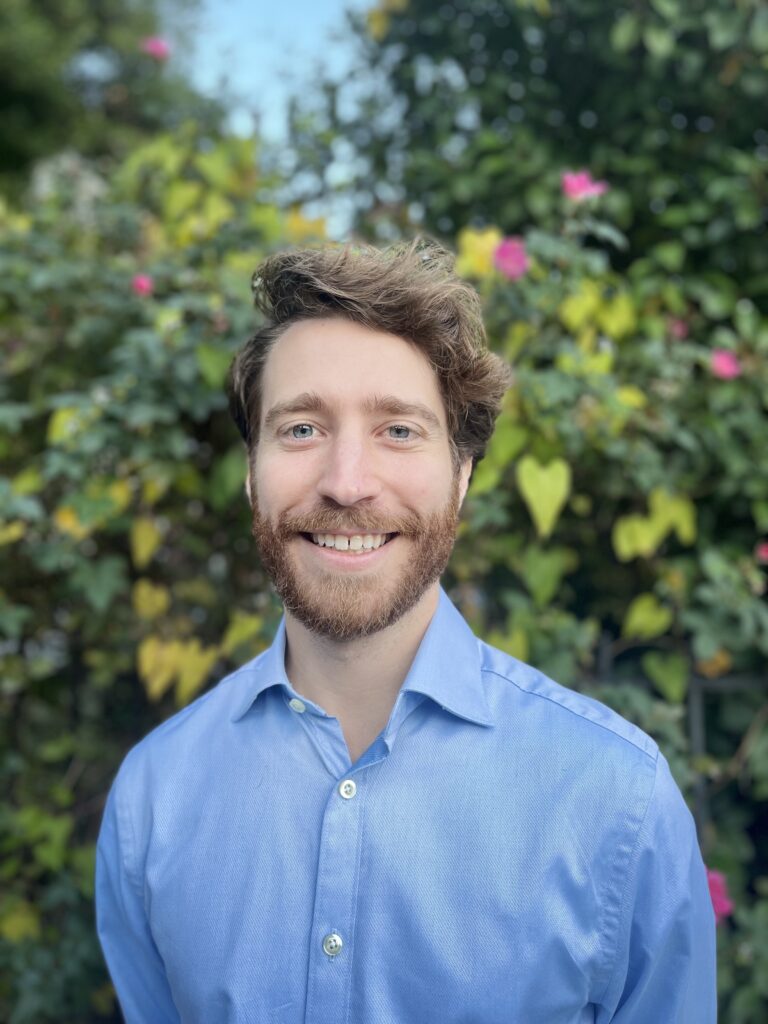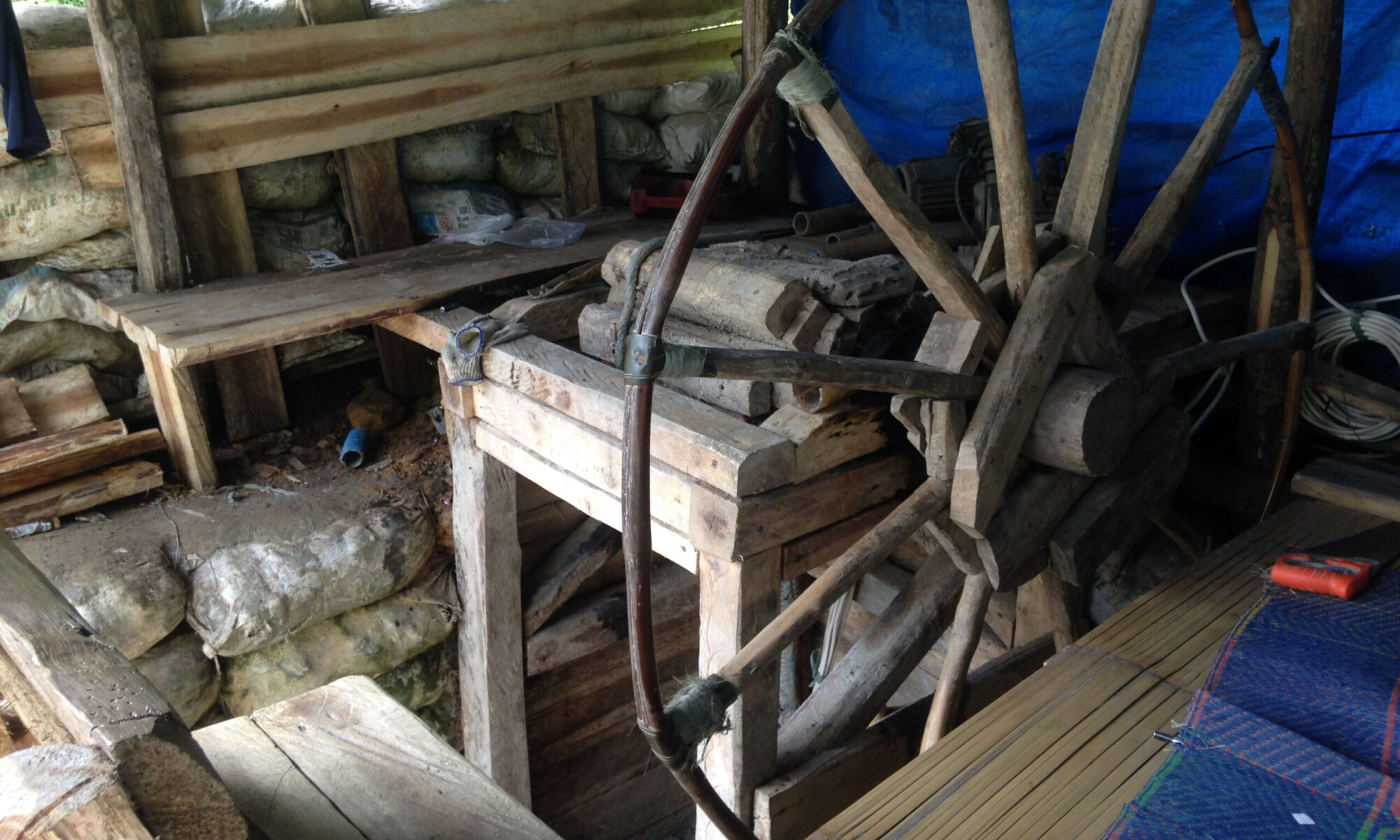2023 Libassi, M., Uneven ores: gold mining materialities and classes of labor in Indonesia. Journal of Rural Studies, 98, pp. 101-113. https://doi.org/10.1016/j.jrurstud.2023.01.013
Abstract: Behind farming, small-scale mining is one of the most important sources of rural livelihoods in the Global South. A significant body of research has detailed the interlinkages between these activities. More recently, scholars have used the tools of agrarian change to interpret small-scale mining livelihood dynamics. I build on this trend by introducing an emphasis on the materiality of mining. As with small farmers, small-scale miners’ livelihoods depend directly on the land—its material qualities are a prime factor in their choices, successes, and failures. Extending this comparison, I consider how the nature of gold ore shapes small-scale mining labor practices, dynamics, and outcomes. To do so, I examine small-scale gold mining in the Pongkor region of West Java, Indonesia. In Pongkor, an array of people with diverse social positionings participate in mining using different techniques and at different scales. I connect this diversity to the variable characteristics of the ore they mine, including the quality of the ore, the depth where it is found, and the methods required to process its various forms. I argue that these multiple materialities have made small-scale mining both a flexible and an unequal livelihood. The particularities of gold's occurrence enable it to support many people, but simultaneously structure inequalities into small-scale gold production. The interplay of these material conditions and broader political-economic dynamics has ultimately resulted in the differentiation of various “classes of labor.” Like farming, small-scale mining is thus experienced, and incorporated into broader commodity exchange, unevenly.
2022 Libassi, M., Gold conflict and contested conduct: Large- and small-scale mining subjectivities in Indonesia. Geoforum. https://doi.org/10.1016/j.geoforum.2022.10.005
Abstract: Resource extraction shapes the people who live and work in its midst. In Pongkor, Indonesia, these transformations revolve around long-running tensions between large- and small-scale gold miners. The region is home to a state-owned industrial mine as well as thousands of unlicensed, small-scale miners. These actors have competed over the same gold deposits, and who has the authority to mine them, for more than three decades. In this article, I examine how this resource conflict informs multiple, co-constitutive extractive subjectivities in Pongkor. I expand upon existing analyses of resource governance, extractive development, and environmental conflict by examining the multi-directional, interrelated processes of subject formation entailed in asserting claims to resources. Drawing on ethnographic research, I frame the situation in Pongkor as a territorial conflict with three competing subject formation processes at its core. First, the mining company has attempted to end small-scale mining by reconstituting local people as more amenable development subjects. It emphasizes particular nationalistic, economic, and moral values through both disciplinary and community development programs. Second, small-scale miners have responded by cultivating political subjectivities grounded in a collective “community miner” identity. Community miners go beyond simply participating in gold-based livelihoods; they learn to argue for rights to local resources. Third, the mining company has pursued internal reforms aimed at remaking itself and its employees. Using small-scale miners as a foil, company leaders work to reposition their operations as a model of clean and green development. In tracing these processes, I complicate narratives of industrial extractive dominance and community resistance by demonstrating that subjects inside and outside of mining operations are co-constituted. I call for further research on the shaping of varied subject positions—including corporate mining employees, small-scale miners, and local residents—involved in extractive conflicts.
2022 Libassi, M., Contested subterranean territory: Gold mining and competing claims to Indonesia’s underground. Political Geography, 98, 102675. https://doi.org/10.1016/j.polgeo.2022.102675
Abstract: Worldwide, subsurface resources are typically the domain of the state. Their cataloguing and government-permitted extraction comprise key elements of state territorialization of the subterranean. However, like processes of territorialization aboveground, state control of the underground is always incomplete and subject to competing uses of space and resources. One of the clearest examples of this contestation is unlicensed small-scale mining. In this article, I examine a case of gold mining conflict in the Pongkor region of West Java, Indonesia. There, state-corporate and small-scale mining compete over the same gold reserves, directly confronting each other both above and below ground. Drawing on twelve months of ethnographic research, I analyze three ways that state-corporate and small-scale mining vie for control of these subterranean territories: regulating movement between the surface and subsurface, managing underground volumes, and deploying competing geological knowledges. I argue that verticality, volume, and the material and discursive features of the underground do not merely set the conditions for this conflict, but are also dynamics utilized to territorialize underground space. I call for further scholarly inquiry into contemporary, ongoing processes of subterranean territorial contestation and reproduction.
2021 Verbrugge, B., Lanzano, C., Libassi, M., The cyanide revolution: Efficiency gains and exclusion in artisanal- and small-scale gold mining. Geoforum, 126, pp. 267-276. https://doi.org/10.1016/j.geoforum.2021.07.030
Abstract: Since its advent at the end of the nineteenth century, cyanide processing facilitated the intensification and global expansion of industrial gold mining. Today, there are important indications that artisanal and small-scale gold mining (ASGM) is on the verge of a similar cyanide revolution: while ASGM is typically associated with mercury-based processing, mercury amalgamation is increasingly replaced with, or complemented by, cyanidation. Relying on evidence from the Philippines, Indonesia, and Burkina Faso, we demonstrate how this transition is having a deeply transformative impact on ASGM communities. On the one hand, cyanidation produces clear efficiency gains. Together with rising gold prices, it is fueling a dramatic expansion of ASGM by enabling the profitable extraction of lower-grade gold deposits. On the other hand, it contributes to the emergence of new and often highly unequal labor and revenue-sharing arrangements. More broadly, these findings demonstrate the highly uneven impact of socio-technical transformations. Consequently, the growing number of efforts to intervene in the technological make-up of ASGM, usually in the name of efficiency and sustainability, should be wary of having unintended consequences.
2020 Libassi, M., Mining heterogeneity: Diverse labor arrangements in an Indonesian informal gold economy. Extractive Industries and Society, 7(3), pp. 1036-1045. https://doi.org/10.1016/j.exis.2020.06.015
Abstract: Small-scale mining involves extremely heterogeneous labor arrangements. While previous research has highlighted differences between mining contexts, relatively few scholars have focused on the diverse forms of labor that constitute individual mining localities. Fewer still have analyzed the consequences that emerge from these varied arrangements. In response, this article offers a close examination of small-scale mining labor in the Pongkor gold mining region of West Java, Indonesia. Drawing on ethnographic fieldwork and concepts from agrarian political economy, I argue that heterogeneous labor arrangements critically shape the local informal gold economy as well as participants’ experiences within it. First, I outline the various labor roles, configurations, and relations involved in informal gold production in Pongkor. I then analyze how this diversity has helped expand livelihoods and gold extraction, but simultaneously produced inequalities. Particular positionings within the production process cohere with different opportunities, constraints, and risks, ultimately leading to trends of socioeconomic differentiation. Scholars and policymakers must consider the dynamics of informal mining's internal heterogeneity to avoid reinforcing these inequalities.
2020 Libassi, M., Indonesia: Adaptation and differentiation in informal gold mining. In Verbrugge, B. & Geenen, S (Eds.), Global gold production touching ground: expansion, informalization, and technological innovation (pp. 321-338). Palgrave Macmillan. https://doi.org/10.1007/978-3-030-38486-9_17
Abstract: With some 900 small-scale mining sites throughout the country, Indonesia’s informal gold sector is large and growing. This chapter explores key influences and trends in this sector with a focus on the iterative development of gold mining crystallizations. First, it presents a national-level overview of the historical expansion and diversity of informal gold mining in Indonesia. Next, it describes how these general patterns have combined with local sociopolitical and material influences to shape the particular forms of gold production present in the Pongkor mining region of West Java. It highlights three transformative moments in Pongkor’s history: the region’s emergence as an informal gold mining site in the mid-1990s, the reconfiguration of gold production following increased policing efforts in the early 2000s, and the introduction of cyanidation technologies in the late 2000s. This historical trajectory illustrates the complex interplay of diverse, and often social and political rather than technical, influences that give shape to mining crystallizations. Taken as a whole, it provides a temporal picture of informal mining’s dynamic adaptability but also a troubling trend of socioeconomic differentiation.
Further information can be found at my ResearchGate page.





